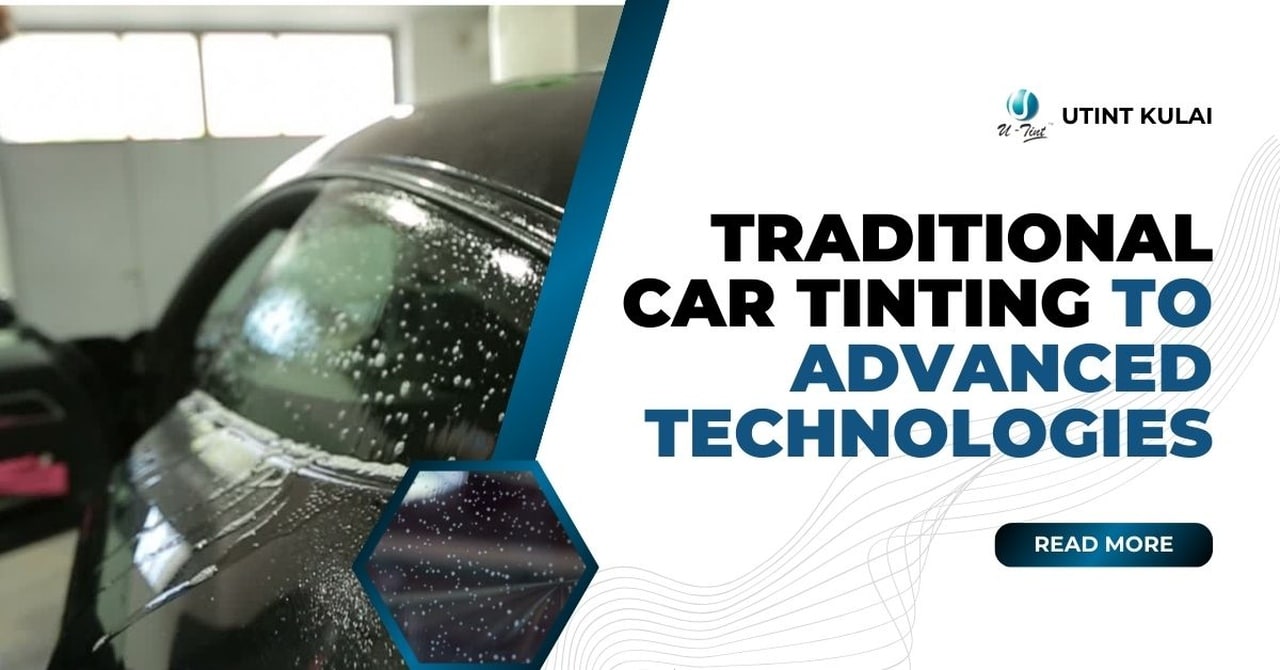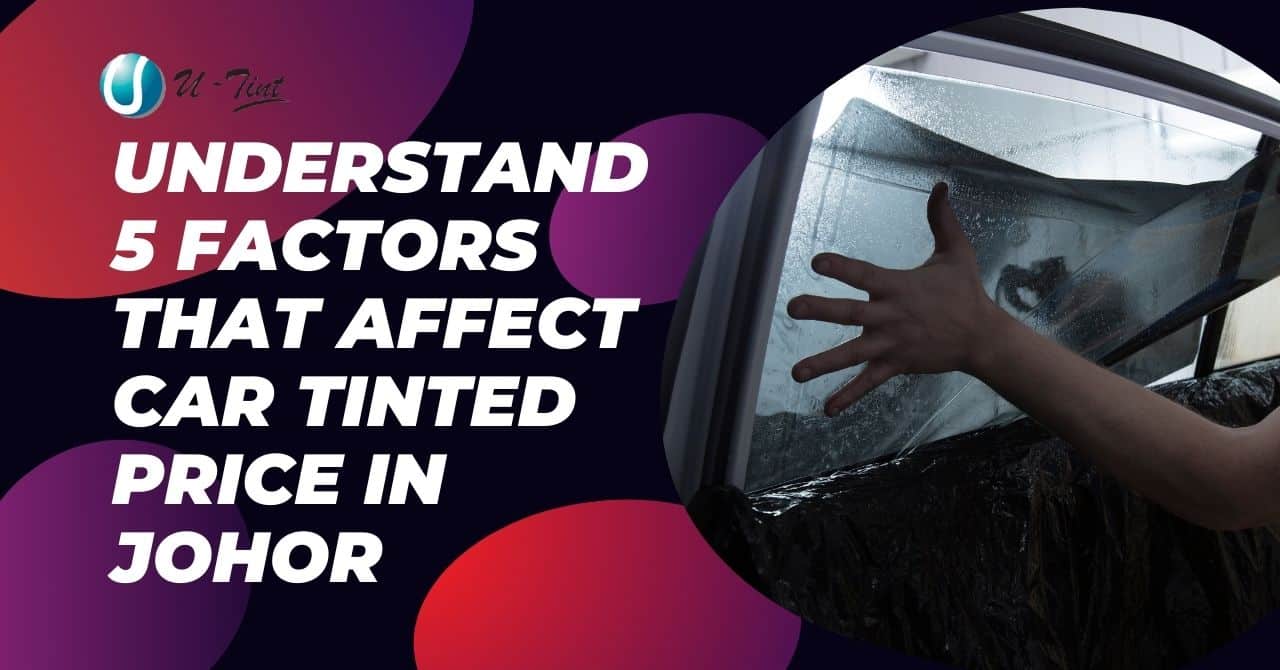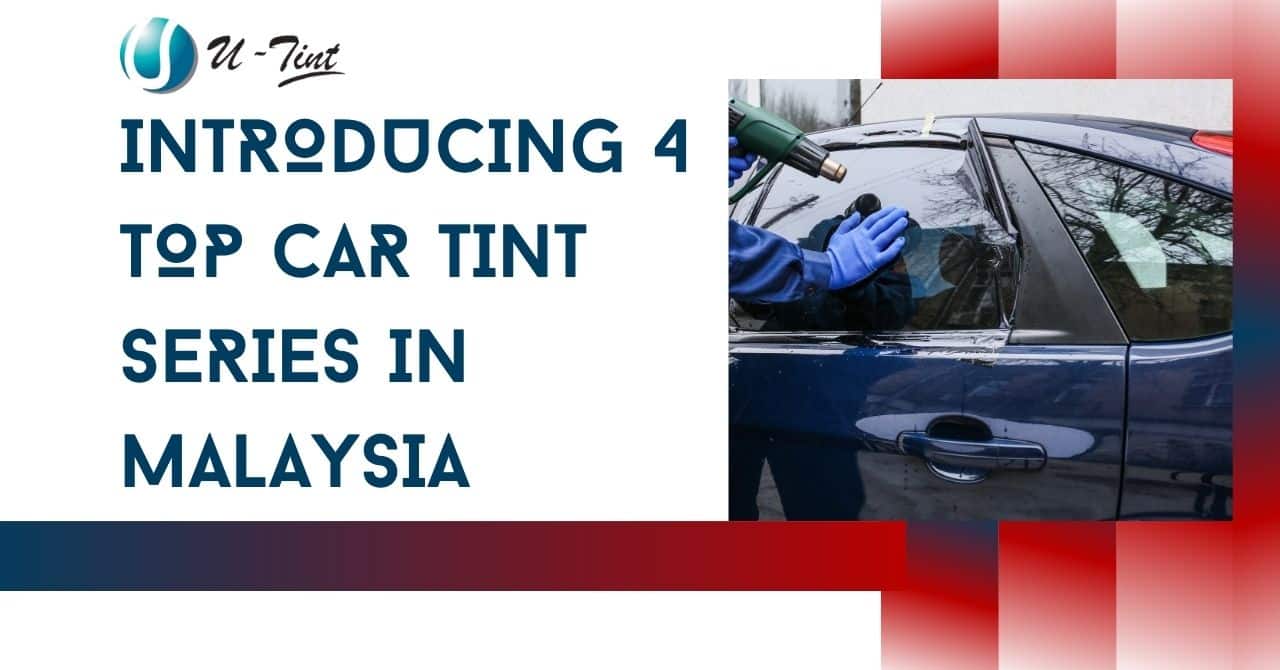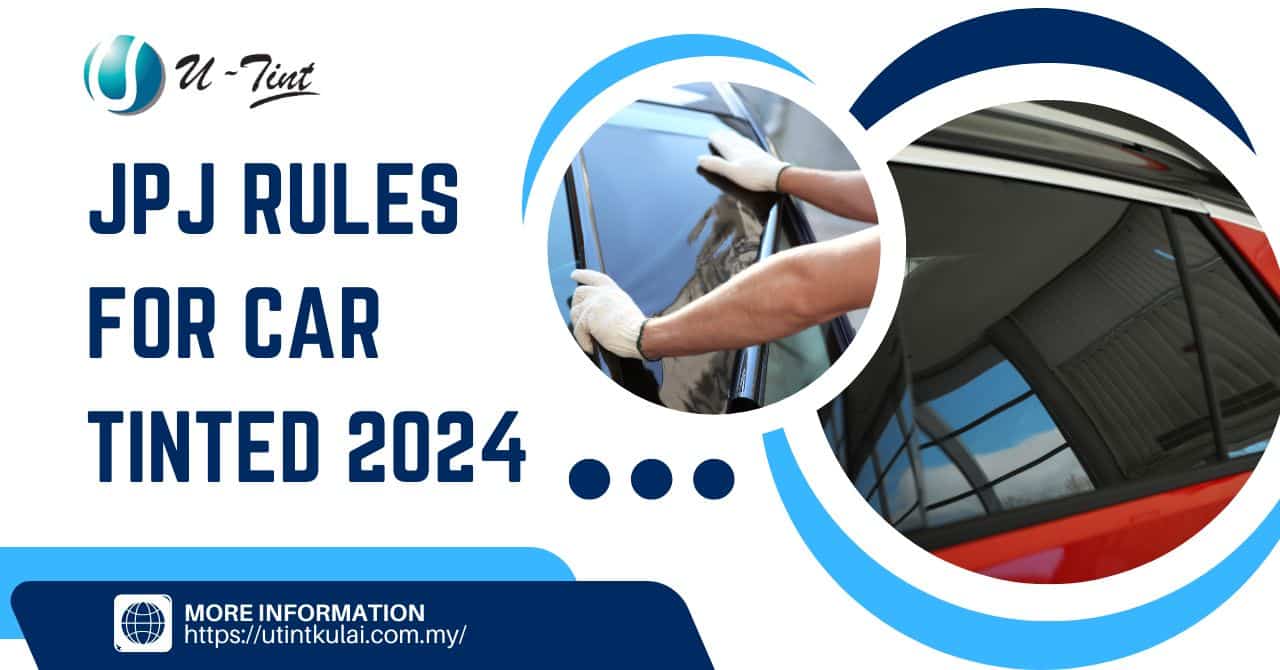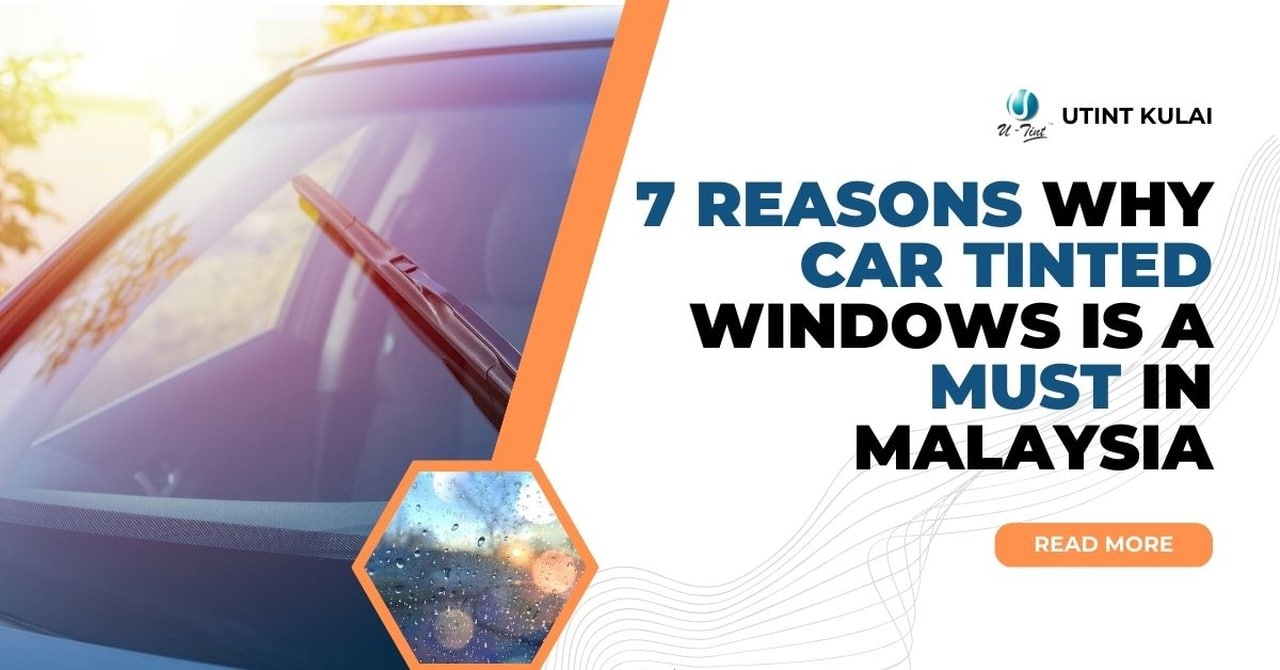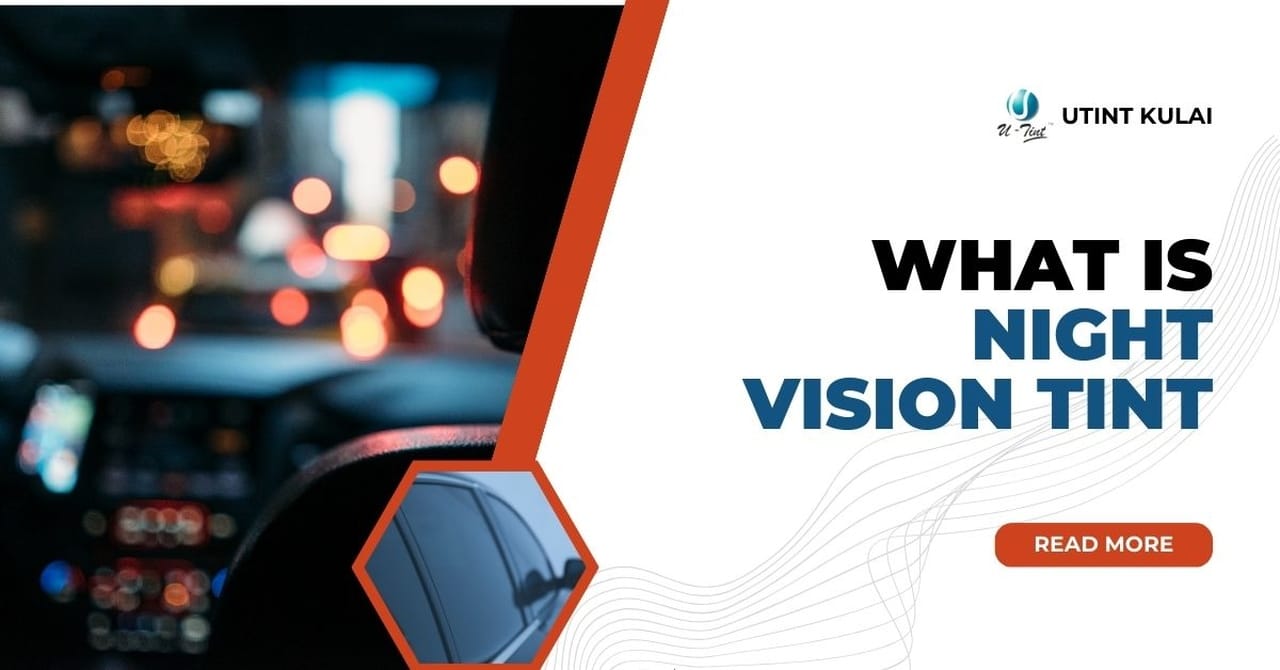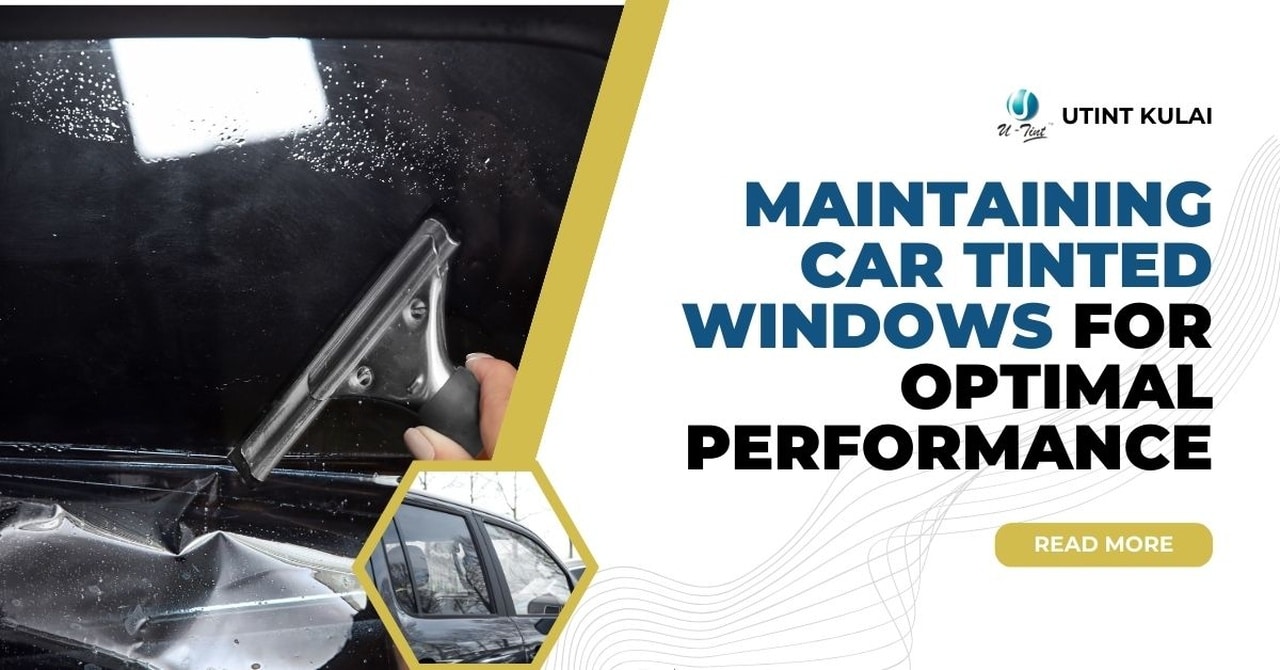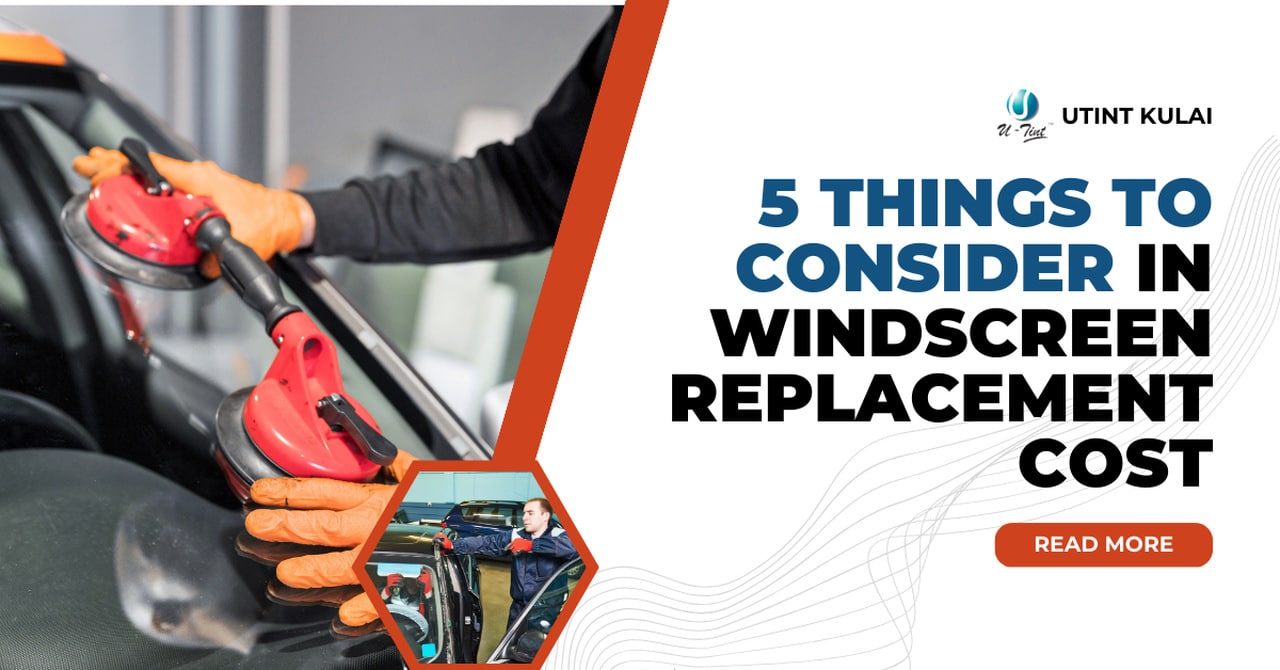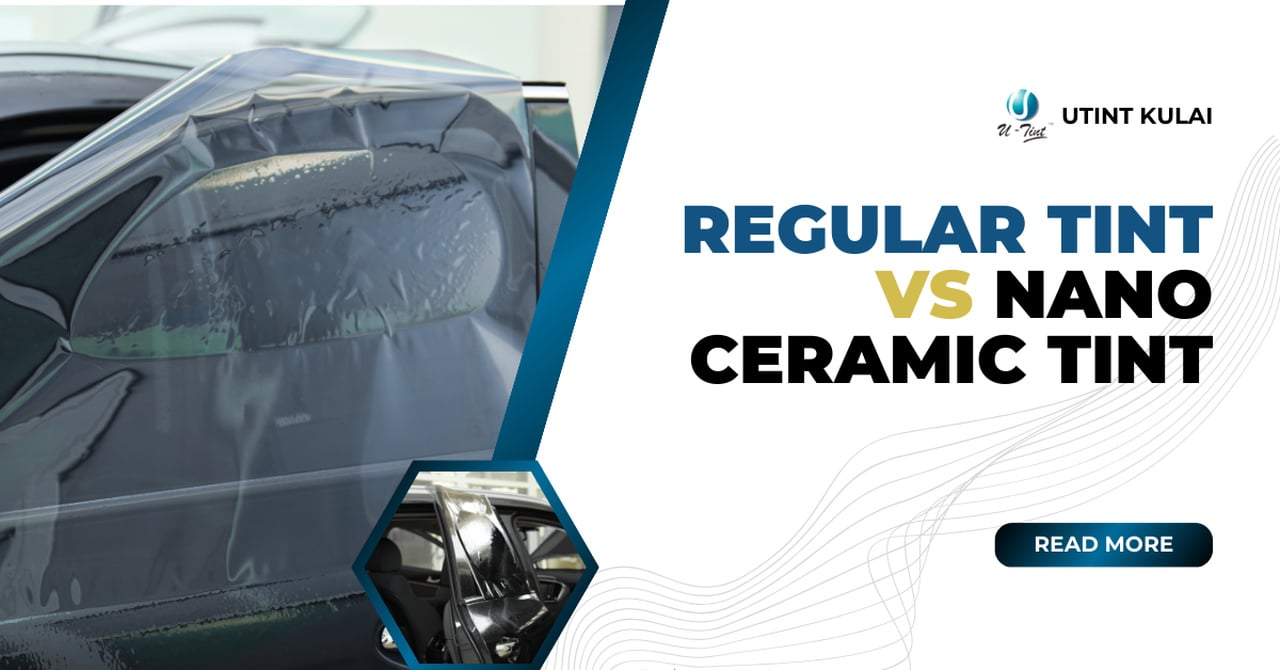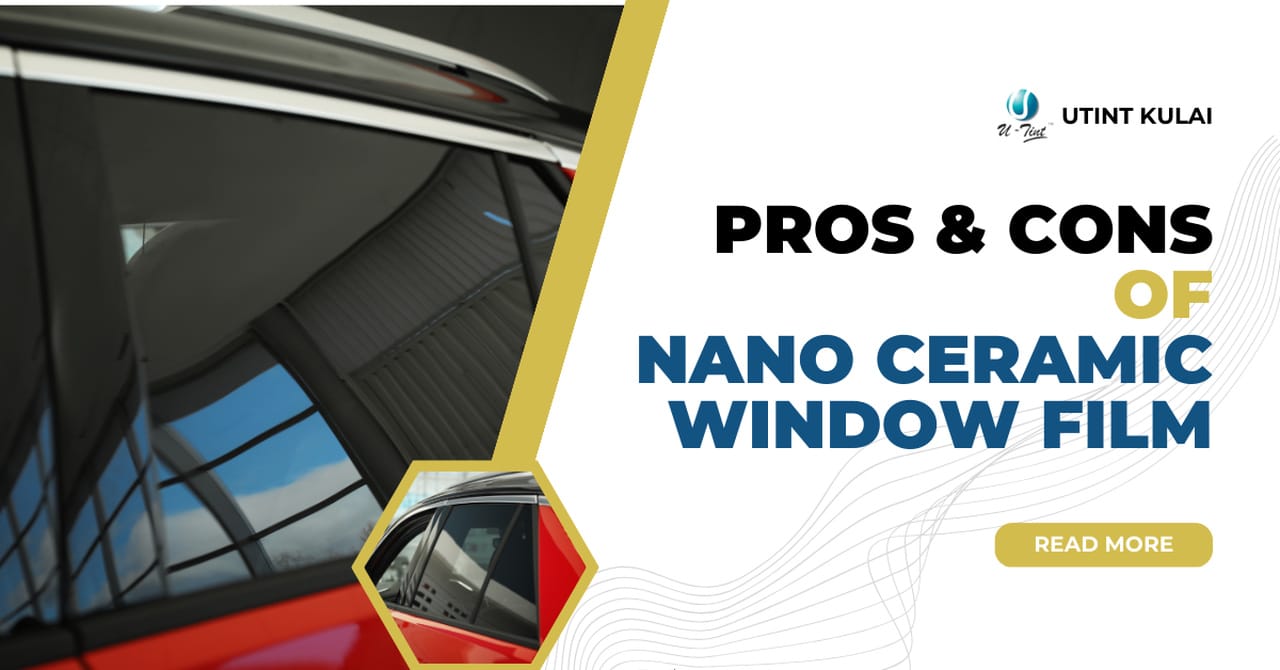Introduction
In the realm of automotive customization, window tinting stands out as both a practical and aesthetic enhancement. Over the years, traditional methods of tinting have evolved significantly, incorporating advanced technologies that offer superior performance and durability. This article delves into the journey from conventional tinting techniques to cutting-edge innovations, highlighting the benefits and advancements driving this transformation.
Traditional methods of car window tinting
Car window tinting has been around for decades, and in the early days, the process was far from perfect. The first tint films were often made of dyed polyester, which provided limited heat and UV ray rejection. These films were prone to fading, bubbling, and peeling over time, making them a less than ideal choice for car owners looking for a long-lasting solution.
Installation of early tint films was a laborious process that required a steady hand and a lot of patience. The film had to be carefully cut to fit the shape of each window, and then applied using a soapy solution to prevent air bubbles. Once applied, the film had to be left to dry for several days before it could be rolled down or cleaned.
While these traditional methods did provide a certain level of privacy and glare reduction, they were far from perfect. The limited heat rejection capabilities meant that cars would still heat up quickly in hot weather, making the driving experience uncomfortable. Additionally, the lack of precision in the installation process often resulted in unsightly bubbles and creases, detracting from the overall appearance of the vehicle.
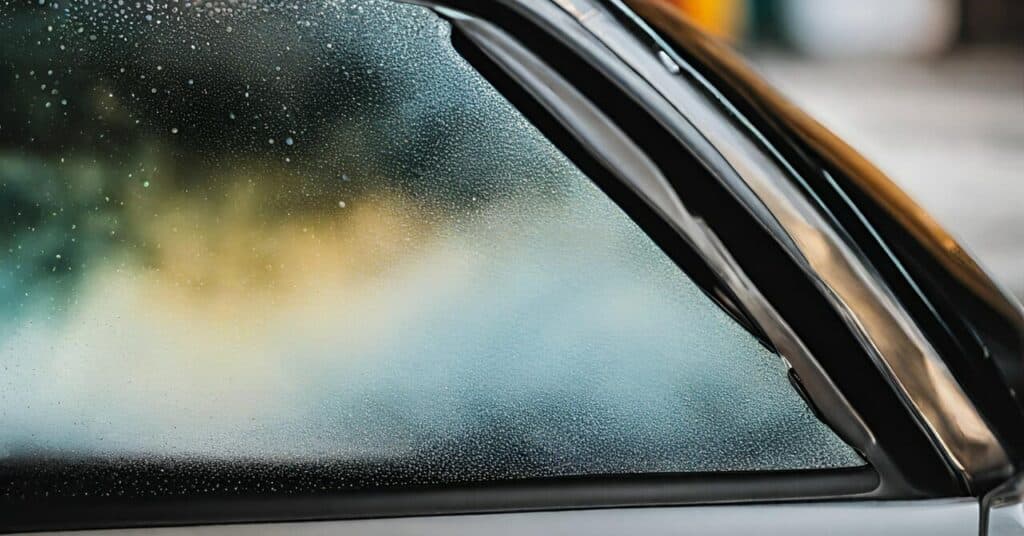
Drawbacks of traditional car window tinting methods
The drawbacks of traditional car window tinting methods were evident in their limited performance and durability. Polyester films, which were commonly used in the past, had a tendency to fade and turn purple over time, especially when exposed to the sun’s UV rays. This not only affected the appearance of the tint but also reduced its ability to reject heat and glare.
Furthermore, the installation process of traditional tint films often led to unsightly bubbles and creases. These imperfections not only compromised the aesthetics of the vehicle but also hindered visibility through the windows. In some cases, poorly installed tint films could obstruct the driver’s view, posing a safety hazard on the road.
Maintenance of traditional tint films was also a challenge. Cleaning the windows required special care to avoid damaging the film or causing it to peel. Moreover, the film’s adhesive properties weakened over time, leading to a higher chance of peeling or bubbling, especially in areas with extreme temperatures.
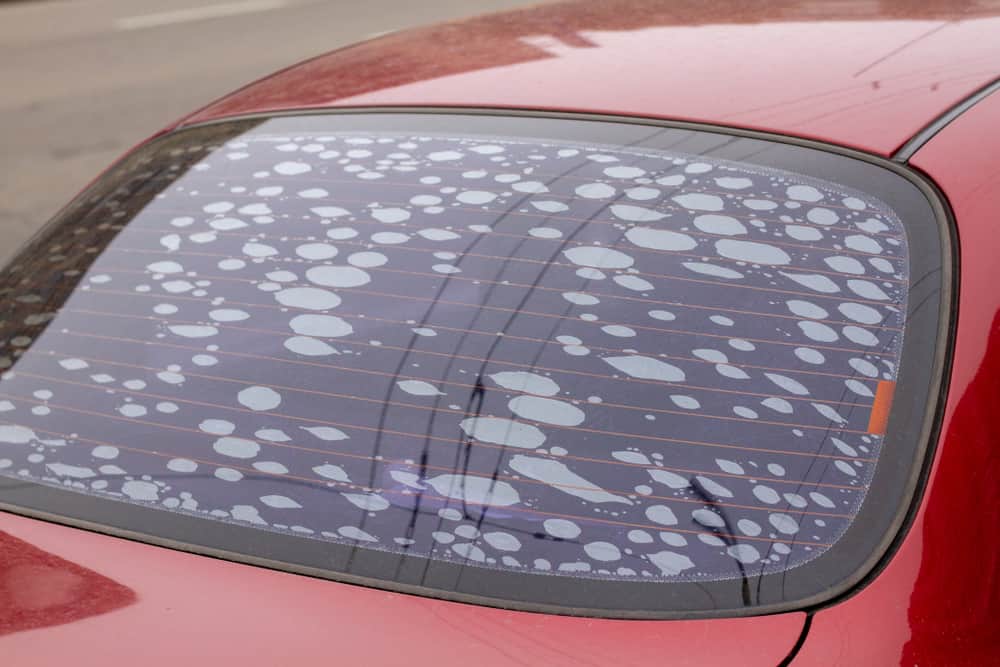
Advanced car window tinting technologies in the market
In recent years, advancements in window film technology have revolutionized the car window tinting industry. Manufacturers have developed new materials and techniques that address the limitations of traditional methods, providing car owners with superior performance, durability, and customization options.
One of the most significant advancements in car window tinting technology is the use of ceramic films. These films are made from ceramic particles that are embedded in the film’s layers, providing exceptional heat rejection properties. Unlike traditional dyed films, ceramic films do not rely on dyes to block heat and UV rays, making them more resistant to fading and discoloration over time.
Ceramic films also have the advantage of maintaining exceptional clarity and reducing glare. The ceramic particles in the film help to scatter and reflect light, reducing the amount of glare that enters the vehicle without compromising visibility. This is especially beneficial for drivers who frequently face bright sunlight or night-time glare.
Another notable advancement in window film technology is the introduction of multiple layers with different properties. Manufacturers now offer films with multiple layers that provide a combination of heat rejection, UV protection, and privacy. These multi-layered films are designed to provide optimal performance in various weather conditions, ensuring that your car remains comfortable and protected no matter the season.
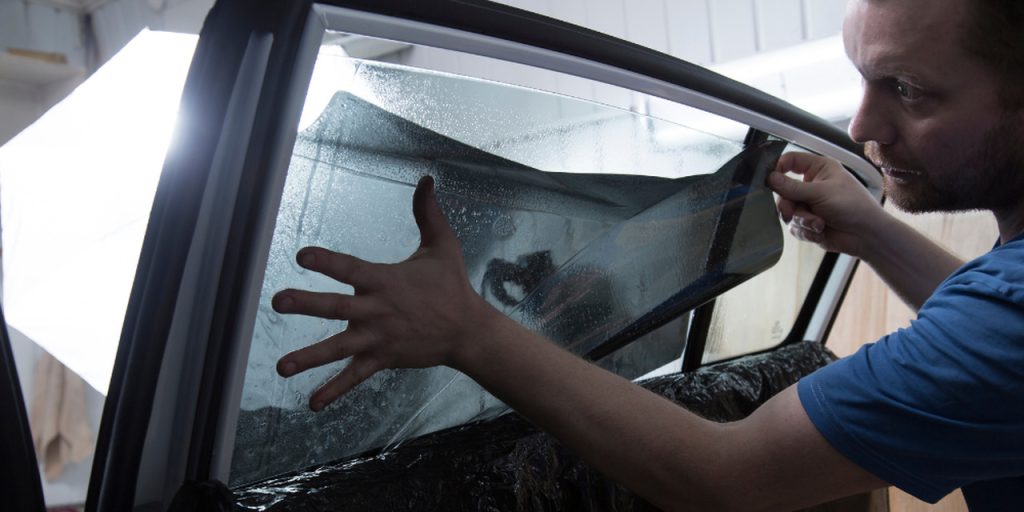
How advanced car window tinting technologies work
Advanced car window tinting technologies work by utilizing innovative materials and construction techniques to provide superior performance and durability. Ceramic films, for example, are made by incorporating ceramic particles into the film’s layers during the manufacturing process. These particles help to block heat and UV rays without relying on dyes, ensuring long-lasting performance.
The multi-layered films, on the other hand, consist of different layers with varying properties. The outer layer is typically a hard coat that provides scratch resistance and protection against environmental factors. The next layer is the adhesive layer, which ensures a strong bond between the film and the glass. The middle layers are responsible for heat rejection and UV protection, while the innermost layer acts as a barrier to prevent the adhesive from damaging the glass.
The installation process of advanced car window tinting technologies has also improved significantly. Professional installers now utilize advanced techniques to ensure a flawless and long-lasting application. These techniques include precise cutting of the film to fit the shape of each window, using specialized tools to remove air bubbles and creases, and applying the film with the right amount of pressure and heat for optimal adhesion.
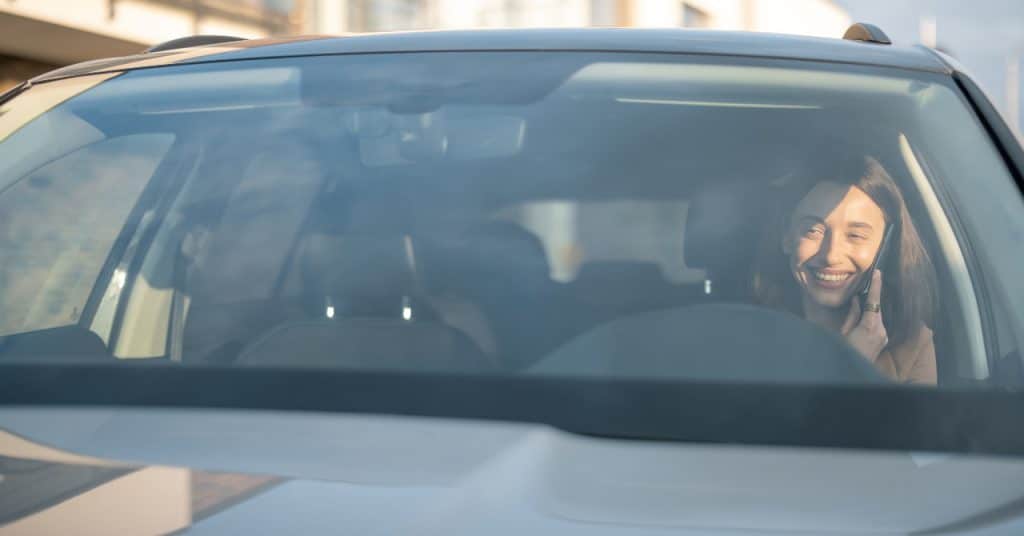
Professional car window tinting services
While DIY window tinting kits are available in the market, it is highly recommended to seek professional car window tinting services for the best results. Professional installers have the knowledge, experience, and specialized tools required to ensure a flawless application that adheres to local regulations and provides optimal performance.
When choosing a professional car window tinting service, it is important to consider their reputation, experience, and the quality of materials they use. Look for installers who are certified by reputable window film manufacturers and offer warranties on their work. Additionally, ask for samples of their previous installations to get an idea of their craftsmanship and attention to detail.
Professional car window tinting services not only provide superior installation but also offer valuable advice on choosing the right tint level, hue, and customization options for your vehicle. They can guide you through the various options available and help you make an informed decision based on your personal preferences and local regulations.
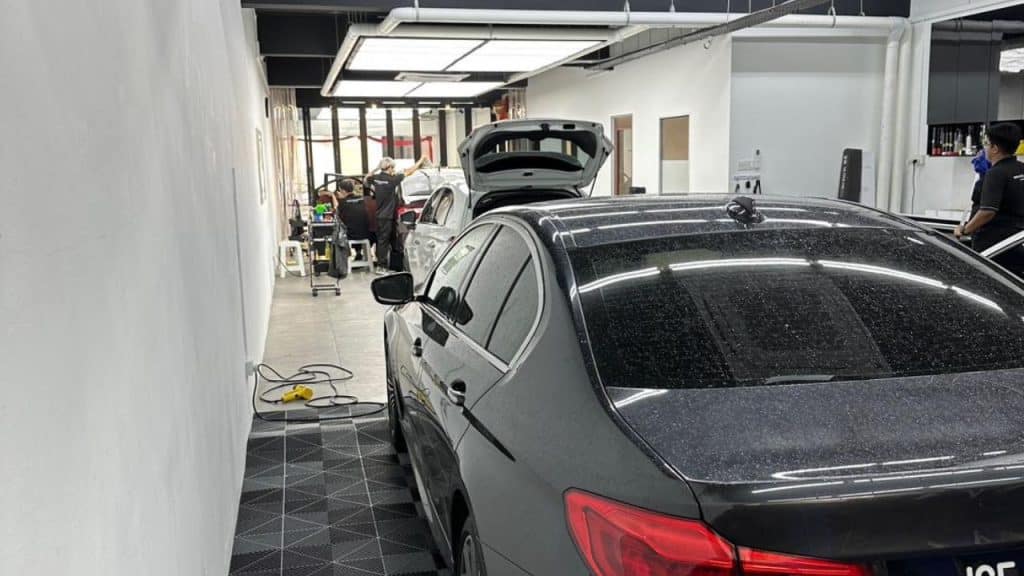
Conclusion
The evolution of car window tinting has brought about a revolution in terms of performance, aesthetics, and functionality. Advanced technologies have transformed tinted windows from a mere cosmetic enhancement to a practical investment for any vehicle.
With the introduction of ceramic films, multi-layered constructions, and improved installation techniques, car owners can now enjoy superior heat rejection, glare reduction, and UV protection. The durability and longevity of modern window tinting solutions have also significantly improved, ensuring that your investment lasts for years without fading or peeling.
In the future, we can expect further advancements in car window tinting technologies. Manufacturers will continue to develop films that offer enhanced heat rejection properties, improved clarity, and even smarter functionalities. We may see the integration of smart tinting technologies that allow drivers to control the tint level of their windows with the touch of a button, providing greater convenience and customization options.
As the demand for energy-efficient vehicles grows, car window tinting will play an increasingly important role in improving energy efficiency. Future advancements may focus on developing films that not only block heat but also have the ability to generate and store energy, further reducing the reliance on air conditioning systems.
In conclusion, the evolution of car window tinting has brought about significant advancements in technology, resulting in superior performance, aesthetics, and functionality. Whether you are looking to enhance privacy, protect against harmful UV rays, or improve energy efficiency, modern window tinting solutions have the capabilities to meet your needs. With advanced technologies driving this progress, tinted windows are no longer just a stylish addition but a practical investment for any vehicle.
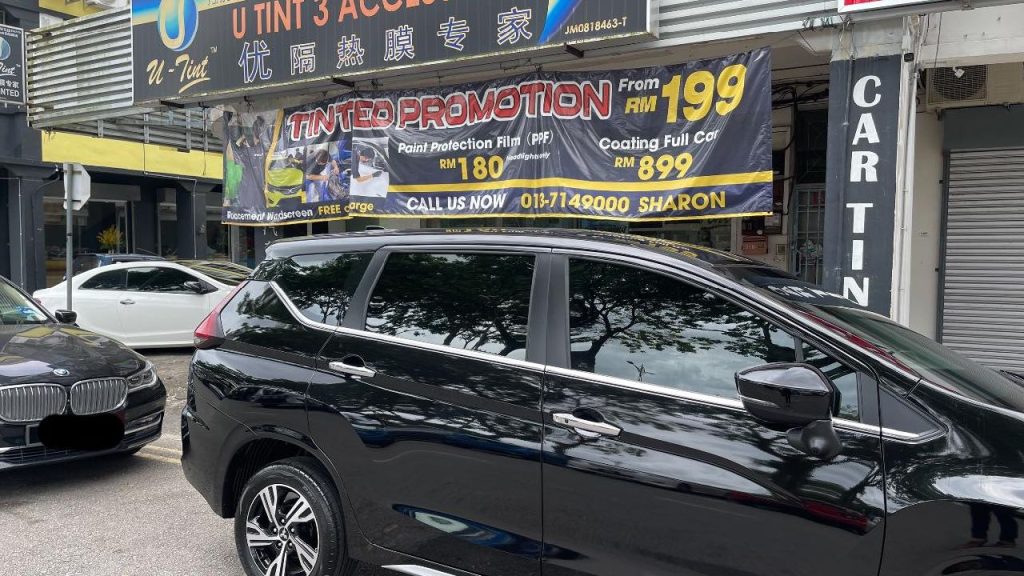
FAQ
The duration of the tinting process varies depending on factors such as the type of technology used, the number of windows being tinted, and the expertise of the installer. However, most installations can be completed within a few hours.
Yes, the legality of tinting varies by jurisdiction, with regulations specifying permissible tint levels for different windows. It’s essential to consult local laws and regulations to ensure compliance.
In most cases, advanced tinting technologies can be applied over existing tinted windows, provided that the underlying film is in good condition. However, it’s advisable to consult with a professional installer for proper assessment and application.
Smart tinting windows require minimal maintenance and upkeep. Regular cleaning with a mild detergent and soft cloth is sufficient to keep them in optimal condition.
While advanced tinting technologies may entail a higher upfront cost compared to traditional methods, their longevity and performance justify the investment in the long run.
Yes, advanced tinting technologies can be removed if desired. Professional installers employ specialized techniques to safely remove the tinting film without damaging the windows.

